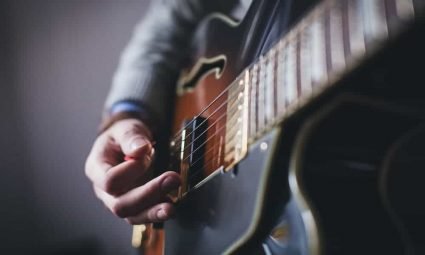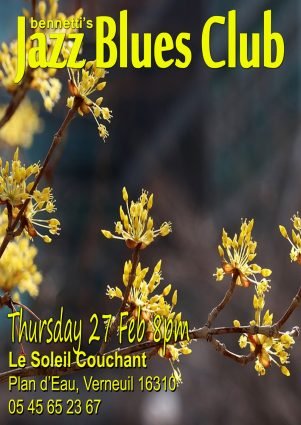
As a guitarist delving into the rich and complex world of jazz, one of the greatest challenges and joys is the multitude of creative choices that unfold with each new tune. Over time, your musical vocabulary expands, offering a treasure trove of ideas for interpretation, improvisation, and arrangement. However, this abundance can also be overwhelming. Here’s some thoughts to help you refine your ideas and get them under your fingers efficiently.
1. Start with the Basics
Before diving into the myriad of possibilities, ground yourself with the fundamentals of the tune:
- Melody: Learn the melody thoroughly. Play it in different octaves and positions on the fretboard.
- Harmony: Understand the chord changes. Practice comping through the changes with basic voicings.
- Form: Be clear on the structure of the tune. Know the intro, verses, chorus, bridge, and any other sections.
2. Identify Key Elements
Focus on key elements that define the tune:
- Signature Licks or Phrases: Every jazz tune has its defining moments. Identify these and practice them until they become second nature.
- Rhythmic Motifs: Jazz is as much about rhythm as it is about melody and harmony. Pay attention to the rhythmic feel and motifs that recur in the tune.
3. Explore Different Interpretations
Once you have the basics down, start exploring:
- Check the source:Listen to as many versions of the tune as you can. You may hear things/ideas/devices that you’d like to include.
- Different Voicings: Experiment with various chord voicings. Try drop 2, drop 3, and rootless voicings.
- Scales and Modes: For each chord, explore the scales and modes that can be applied. Practice these scales in different positions and octaves.
- Improvisational Ideas: Improvise over the changes. Record yourself to capture spontaneous ideas that you can refine later.
4. Limit Your Choices
To avoid feeling overwhelmed, limit your choices:
- Choose a Focus Area: Each practice session, choose a specific focus area such as a section of the tune, a particular scale, or a type of chord voicing.
- Set Boundaries: Give yourself specific constraints, like using only two or three voicings for each chord or limiting your improvisation to certain scales.
5. Develop Themes
Develop themes and variations within your practice:
- Motif Development: Take a small melodic or rhythmic idea and develop it. Explore how it can be altered and extended throughout the tune.
- Thematic Improvisation: Base your solos on a central theme, creating variations to maintain coherence while exploring different ideas.
6. Integrate and Internalize
Integrate the chosen ideas into your playing:
- Repetition and Variation: Practice the selected ideas repetitively but introduce slight variations to keep it fresh and reinforce learning.
- Contextual Practice: Play along with backing tracks or a metronome. Practice with other musicians to apply the ideas in a real-world context.
7. Record and Review
Recording your practice sessions is invaluable:
- Self-Evaluation: Listen to your recordings critically. Identify what works well and what needs improvement.
- Progress Tracking: Track your progress over time. Noticing improvement can be highly motivating.
8. Stay Inspired
Keep the creative juices flowing:
- Listen Actively: Listen to recordings of great jazz guitarists. Analyze their approaches and see how you can incorporate their ideas into your playing.
- Continuous Learning: Keep learning new tunes. Each tune will bring new challenges and ideas, keeping your practice dynamic and engaging.
Conclusion
The journey of mastering jazz tunes is a continuous cycle of exploration, refinement, and integration. By methodically narrowing down your ideas and focusing on the most compelling ones, you can transform the overwhelming sea of possibilities into a structured and fulfilling musical experience. Embrace the process, and let your creativity shine through each note you play.

